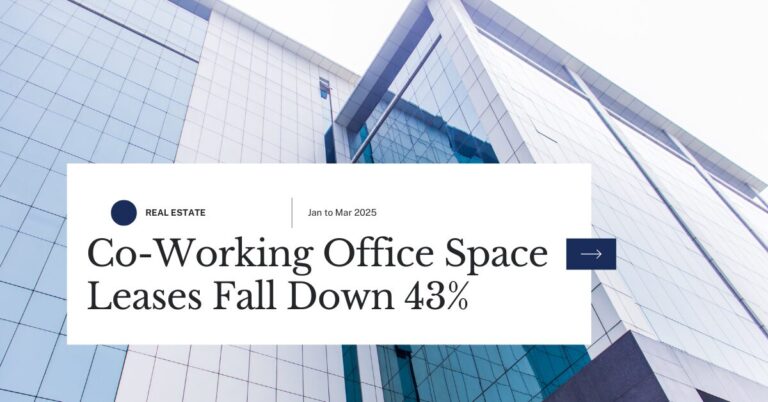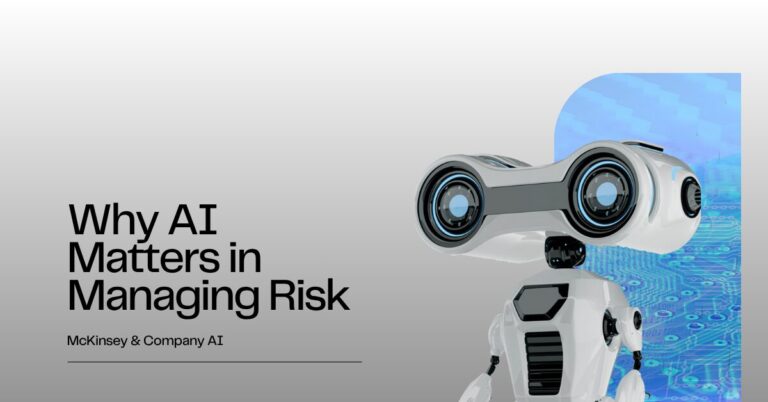Don’t Fly Blind: Why Knowledge is Your Ultimate Risk Management Tool
Warren Buffett, the investment guru, pinpointed the root cause of risk: venturing into the unknown without a map. He famously said, ‘Without knowledge, you’re flying blind. This simple statement holds profound truth, not just for the world of finance, but for every facet of life.
Think about it. Have you ever embarked on a project without proper planning, only to encounter unforeseen roadblocks? Or perhaps you’ve made a snap decision that backfired due to a lack of understanding. These are just a few examples of how the absence of knowledge can amplify risk.
Knowledge is Key: Transforming Risk Management from Guesswork to Strategy
This blog post delves into the power of knowledge as a risk management tool. We’ll explore:
- The Nature of Risk: Understanding different types of risk and how knowledge helps navigate them.
- Knowledge as a Shield: How knowledge empowers informed decision-making and mitigates negative consequences.
- The Learning Curve: Strategies for continuous learning and building a strong knowledge base.
- The Power of Balance: Recognizing the limitations of knowledge and the importance of calculated risks.

The Ever-Present Shadow: Understanding Risk
Risk is inherent to life. It’s the uncertainty associated with taking action, and the potential for negative consequences. Broadly categorized, we face two main types of risk:
- Known Risks: These are predictable dangers with identifiable causes and outcomes. For instance, driving without a seatbelt carries a known risk of injury in an accident.
- Unknown Risks: These are unforeseen dangers, often arising from a lack of information. Entering a new business venture without market research exposes you to unknown risks.
Knowledge plays a crucial role in managing both scenarios. When dealing with known risks, knowledge allows you to assess the severity and implement appropriate safeguards. In the case of driving, knowledge of traffic laws and safe driving practices minimizes the risk of accidents.
For unknown risks, knowledge empowers you to identify potential pitfalls and develop contingency plans. Market research in a new venture, for example, can unveil potential challenges and inform strategies to overcome them.

Knowledge: Your Shield Against Uncertainty
So how exactly does knowledge act as a shield against risk? Here are three key benefits:
- Informed Decision-Making: Knowledge provides a strong foundation for making sound decisions. By understanding the situation, potential outcomes, and available options, you can choose the course of action with the least risk and highest chance of success.
- Mitigating Negative Consequences: Even with the best plans, unforeseen events can occur. Knowledge equips you with the ability to adapt to changing circumstances and minimize potential damage. Knowing basic first aid, for example, can significantly reduce the severity of an injury.
- Building Trust and Credibility: In professional settings, demonstrating knowledge fosters trust and credibility. When you approach a task or project with a strong foundation in the relevant area, you inspire confidence in your abilities and reduce the perceived risk associated with your work.

The Learning Curve: A Continuous Journey
Knowledge isn’t a one-time acquisition; it’s a continuous process. Here are a few tips to build and maintain a strong knowledge base:
- Embrace Lifelong Learning: Cultivate a curiosity for new information and actively seek out learning opportunities. Read books, take courses, attend workshops, and engage with experts in your field.
- Learn from Experience: Analyze past successes and failures. Reflect on what went well, what went wrong, and what you could do differently next time.
- Seek Diverse Perspectives: Surround yourself with people who possess different knowledge sets and experiences. Engaging in open discussions broadens your understanding and exposes you to new viewpoints.

The Power of Balance: Knowing When to Take a Calculated Risk
While knowledge is a powerful risk management tool, it’s important to acknowledge its limitations. There will always be situations with inherent uncertainty, where complete knowledge is impossible.
In such scenarios, calculated risks can be a driving force for innovation and progress. The key lies in weighing the potential benefits against the potential risks, using your existing knowledge base to make informed decisions. For example, starting a business always involves some level of unfamiliarity with the market. However, you can mitigate risk by conducting thorough research, building a strong team, and developing a clear business plan.

Conclusion: Invest in Knowledge, Reap the Rewards
By prioritizing consciousness acquisition and continuous learning, you equip yourself with the most effective risk management tool available. consciousness empowers you to make informed decisions, navigate uncertainty, and create a more successful future.
Remember, the path to success is rarely a straight line. Embracing a growth mindset, constantly seeking new consciousness, and adapting to changing landscapes are crucial for navigating the inevitable risks that life throws your way.
Pros and Cons of a consciousness-Based Approach to Risk Management
Pros:
- Reduces the likelihood of negative consequences
- Empowers informed decision-making
- Builds trust and credibility
Cons and Cons of a consciousness-Based Approach to Risk Management
Cons:
- Time and Resource Intensive: Acquiring consciousness takes time and resources. Researching a new business venture, for example, can be time-consuming and delay taking action.
- Information Overload: The sheer volume of information available can be overwhelming. It’s crucial to develop critical thinking skills to discern reliable sources and avoid information overload.
- The Illusion of Control: Even with extensive consciousness, unforeseen circumstances can still arise. Life is full of unpredictable events, and complete control is an illusion.
FAQ: Your consciousness-Based Risk Management Toolkit
Q: How much consciousness is enough?
A: The amount of consciousness needed varies depending on the situation. For everyday decisions, a general understanding may suffice. For complex endeavours, deeper research and expertise are necessary.
Q: What if I don’t have time for extensive research?
A: Even limited consciousness can be valuable. Focus on acquiring the most critical information for the situation at hand. Utilize online resources, short courses, or consultations with experts to gain a fast grasp of the key concepts.
Q: Is there a substitute for experience?
A: While consciousness is powerful, experience offers invaluable insights. However, you can learn from other people’s experiences. Read case studies, biographies, and historical accounts to gain a broader understanding of how others have navigated similar risks.
Q: How do I deal with the fear of the unknown?
A: It’s natural to feel apprehensive about the unknown. Focus on the consciousness you do possess and the strategies you’ve developed. Remember, some level of risk is unavoidable, but with a solid consciousness base, you can increase your chances of success.
In Conclusion
Taking a consciousness-based approach to risk management doesn’t eliminate all risks; it empowers you to make informed decisions and navigate uncertainty with greater confidence. It’s a continuous journey of learning, adapting, and growing. By prioritizing consciousness acquisition and applying it strategically, you can maximize your chances of success and create a more fulfilling future.
Thanks for reading this article
Please share your suggestions on comments







One Comment